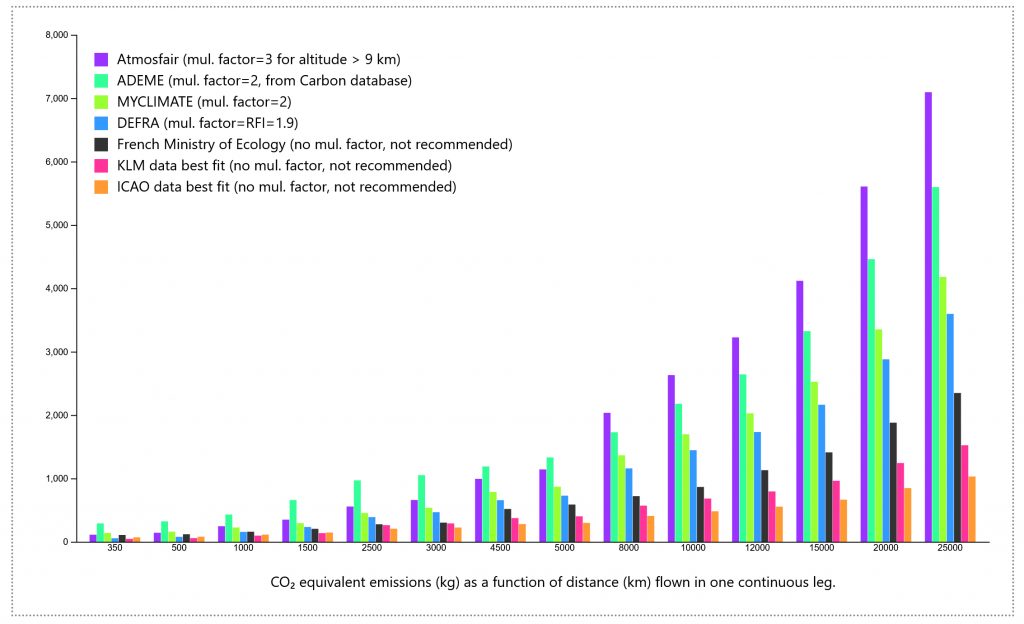Astronomers Take Action to Raise Awareness of Climate Change
The journal Nature Astronomy published on September 10, 2020, a series of articles written by astronomers on the relationship between astronomical research and the climate crisis. This edition underlines the need for urgent action by all of society, including astronomers.
An IRAP researcher, Didier Barret, is notably co-author of an article dealing with the carbon footprint of major international astronomy conferences (1). The article makes a comparison between two annual meetings of the EAS (European Astronomical Society), one organized in 2019 in Lyon, and the other organized virtually in 2020 due to the pandemic.
The carbon footprint of participants who traveled to Lyon in 2019 was assessed using the carbon footprint calculator for travel developed by Didier Barret (available online) (2). For the virtual edition in 2020, the electricity consumption of the organizers and participants was estimated.
The results are clear:
- 1855t CO2-eq in 2019 (for 1240 participants present on site in Lyon)
- 588kg CO2-eq in 2020 (for 1777 virtual participants)

The authors also continue their analysis by proposing paths for reflection on the organization of future conferences in order to continue to reduce the carbon footprint of astronomers.
Other articles in this issue of Nature Astronomy focus more on the impact of climate change on astronomy research. (3)
Further Resources
(1) The carbon footprint of large astronomy meetings, Nature Astronomy 4, pages823–825 (2020)
(2) Barret, 2020, Experimental Astronomy, Volume 49, Issue 3, p.183-216
(3) Special edition of the journal Nature Astronomy dedicated to the impact on climate of research activities carried out in the field of astronomy.. Volume 4 Issue 9, September 2020
IRAP Contact
- Didier Barret, didier.barret@irap.omp.eu






